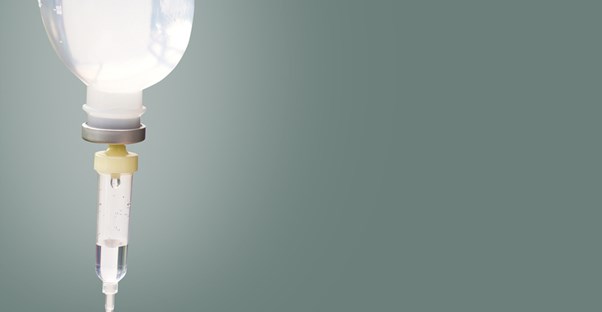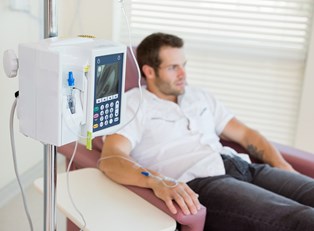Chemotherapy means drug treatment. In reference to cancer treatment, chemotherapy means treatment of cancer with cytotoxic or "cell-killing" drugs. A cancer patient may receive one cytotoxic drug or a combination of different drugs. There are more than 100 cytotoxic drugs currently available, with many more currently being developed.
Objectives of Chemotherapy
Chemotherapy is a fairly common method of treating cancer. The objective of chemotherapy is to prevent the cancer cells from dividing uncontrollably. Below are overviews of the different types of chemotherapy.
- Curative chemotherapy: seeks to eliminate all the cancer cells from the body, thereby achieving a permanent cure.
- Adjuvant chemotherapy: aims to kill cancer cells that may be left after surgery but are undetectable. It is a preventive therapy designed to prevent recurrence of cancer cells.
- Neoadjuvant chemotherapy: performed prior to a surgery, it aims to shrink large sized tumors that cannot be directly operated on.
- Palliative chemotherapy: performed when it is no longer possible to remove all cancer cells from the body. It may provide relief from some symptoms and slow down the progress of disease.
How Chemotherapy Works
The body is administered medication to eliminate cancer cells. Usually, the medication is directly infused into a vein. Some medicines can be taken as tablets. The cytotoxic drugs are usually administered in combination with one another. Since these drugs travel in the bloodstream, they can reach all parts of the body. This allows the medication to get to cancer cells that are not detected in tests and therefore cannot be reached through radiation or surgery.
In rare cases, the medicines are directly injected to the affected region. Such drugs only act locally without affecting other body parts.
Often, chemotherapy is combined with radiotherapy in a process known as radiochemotherapy. Radiotherapy may be performed after or alongside chemotherapy. Certain cytotoxic drugs will only be effective when subjected to radiotherapy. In such cases, chemotherapy only acts in those regions that are exposed to radiation.
Patients who need to receive cytotoxic drugs for longer durations of time usually get the drugs through a device known as a port. A port is a small container that is inserted inside the skin and connected to a major vein through a tube. The port remains inside the body until the treatment is over. The drug is administered directly through the port, rather than looking for a vein and puncturing it for every treatment.
Chemotherapy cycles
Also known as treatment schedules or treatment cycles, chemotherapy cycles refer to the treatment of cancer with cytotoxic drugs at specific intervals. The frequency of treatment and the interval between individual treatments is determined by a number of factors, including the time required by the body for recovery, the duration for which the effects of drug lasts, and the entire duration of treatment.
A number of tests, such as tissue samples, blood tests, and imaging techniques, are used to determine if a tumor is responding to chemotherapy. If it fails to show any effect, the drugs may be replaced, or the treatment may be stopped.





